

Other titles by John E. Beahn
in the TAN Legends Series
A MAN CLEANSED BY GOD
A Novel Based on the Life of Saint Patrick
A MAN BORN AGAIN
A Novel Based on the Life of Saint Thomas More
A MAN OF GOOD ZEAL
A Novel Based on the Life of Saint Francis de Sales

This book was first published in 1953 by Bruce Publishing in Milwaukee, Wisconsin, under the title A Rich Young Man: St. Anthony of Padua. This TAN Legends edition has been re-typeset and revised to include corrections of typographical errors and updating of punctuation, spelling and diction.
TAN Legends edition copyright 2013 TAN Books.
All rights reserved. With the exception of short excerpts used in articles and critical reviews, no part of this work may be reproduced, transmitted, or stored in any form whatsoever, printed or electronic, without the prior written permission of the publisher.
Cover design by Caroline Kiser.
Cover image: St. Anthony of Padua from Military and Religious Life in the Middle Ages (French School, 19th century, litho, published London c. 1880) by Paul Lacroix. Private Collection, Ken Welsh. The Bridgeman Art Library.
ISBN: 978-1-61890-202-3
Cataloging-in-Publication data on file with the Library of Congress.
Printed and bound in the United States of America.
TAN Books
Charlotte, North Carolina
www.TANBooks.com
2013
And behold one came and said to him: Good Master, what good shall I do that I may have life everlasting? Who said to him: Why askest thou me concerning good? One is good, God. But if thou wilt enter into life, keep the commandments The young man saith to him: All these have I kept from my youth, what is yet wanting to me? Jesus saith to him: If thou wilt be perfect, go sell what thou hast, and give to the poor, and thou shalt have treasure in heaven; and come follow me.
Matthew 19:1617, 2021
Contents
PART I
LISBON knew nothing of the family De Bulhom before 1147. In that year, Don Raoul de Bulhom came from the north with the armies of Afonso Henriques to reclaim the city from the Saracens and to remain there with his wife and son. Lisbon speculated, but none could learn De Bulhoms origin, either as to family or country. Similarity of the name De Bulhom to De Bouillon inspired a conjecture that Don Raoul bore in his veins the blood of the great Duke Godfrey; but Don Raoul neither affirmed nor denied the speculation, and thus confirmed it by default.
Don Raouls son, Roberto, almost permitted the De Bulhom line to expire. He had a knights powerful body, but his placid, cheerful disposition turned him toward a peaceful life. When he was twenty, he began construction of Castle de Bulhom and became so engrossed in that activity that he did not marry until he was thirty.
Don Roberto built the great castle on a shelf, a little above the level of the city on the slope of St. Georges Hill. Above it was the Cathedral, and on the summit above both was the Fortress of St. George. His project drew townsmen and innkeepers to build along the road from the city to the castle, and they built, one next to the other, to the very edge of the slope.
The outer walls of the castle displayed neither the cheerfulness nor peaceful intent of their builder. The building dominated Lisbon as a gloomy mass of stone without windows. Narrow slots, from which bowmen could drive off attackers, pierced the walls at regular intervals. The one entrance was the sally port, an arched tunnel cut through the west wing to connect the road from the city with the interior courtyard.
The sally port tunnel was sufficiently wide to accommodate a team of oxen drawing a cart and sufficiently high that a tall man on horse could ride through it upright in his saddle. Entrance through this could be blocked by closing the heavy wood and iron gates at the outer end or by closing the grilled iron gates at the inner end. The sally port was so designed that a small group of raiders could be trapped between the outer and inner gates, then slaughtered by bowmen from slots in the side walls or by fire and hot oil poured down from openings in the ceiling.
The tunnel opened into a courtyard, a large rectangle formed by the four wings of the castle. It was open to the sky and paved with cobblestones. The four walls around it, unlike the grim outer walls, were cheerful with doorways and three levels of windows.
In the east wing, directly across the courtyard from the inner opening of the sally port, was the principal entrancetwin doors of oak that opened into the Great Hall, with its dozen windows. The first doorway beyond the two windows on the right was the entrance to the living quarters of the family, which occupied the remainder of the wing.
Through the hours of light, except at midday, carts rumbled heavily on the cobblestones of the courtyard, anvils in the forge and armory rang almost continually, grooms and horses fought loudly but without rancor. The lighter chorus of human voices swelled and diminished with the labor of the day. In the first hours of the morning, knights and squires grouped noisily before the stables while they waited for grooms to bring the horses. Only at midday and at night did the clamor cease.
Don Roberto had completed the castle two years after his marriage but his wife lived only three years to enjoy it. When she died, after the birth of their son, Martinho, Lisbon knew that a man who had married for the first time so late in life would not enter readily into a second marriage, and the De Bulhom line again depended on the one son.
Young Martinho went far to the north country as squire in the service of the Kings brother. Lisbon did not see him from his thirteenth year until he returned in 1194 with his sword of knighthood and his royal bride from the Taveiras of Asturias. They saw then a broad-faced, heavy-jawed youth, confident in the strength of his powerful body and proud in his heritage. They saw, too, a young and pretty Dona Tereza, whose low, happy laugh contrasted with the intensity of her husband.
Soon after, Lisbons sharp tongues wagged the news of Dona Terezas dowrythe whole rather than a part of her familys lands along the River Tagus. Her dowry, joined to Don Martinhos lands in the valley north of the city, made the family De Bulhom the wealthiest of Lisbon.
Lisbons tongues wagged again in 1195 when Don Martinhos son, Fernando, was born. Dona Tereza had not recovered as she should and remained some months in bed. When she did arise, she was delicate and could walk no farther from the castle than to the Cathedral or ride, in the chaise, no farther than the city walls. Fate again held continuation of the De Bulhom name to one son.
Thereafter, Lisbons interest in the family De Bulhom changed steadily and imperceptibly. The city became accustomed to Don Martinho, with a group of his knights or with only his knight commander, riding slowly through the narrow, crowded streets; accustomed to the food and fuel and clothing that flowed from the castle above to the needy below; accustomed to Master Fernando serving Mass each morning in the Cathedral and to the parents who waited afterward in the emptied church until he joined them.
FERNANDO walked calmly and quietly at his mothers left in small imitation of his father at her right. He could maintain his calmness and gravity until they descended the steps of the Cathedral and had taken a step forward on the road to the castle. There, where his fathers requirement of silence and gravity ended, Fernandos tongue and body reclaimed their freedom. With gay abandonment he related the events of the night, of the morning, and of the sacristy; then ran before his parents to explore anew the familiar road, to shout each new discovery, to point each new interest. August heat held no greater power than January cold to suppress him.
Next page


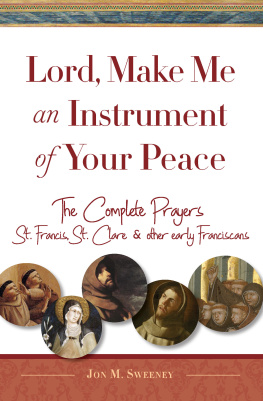
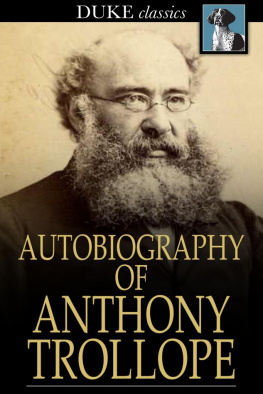
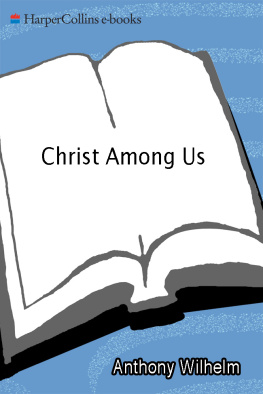
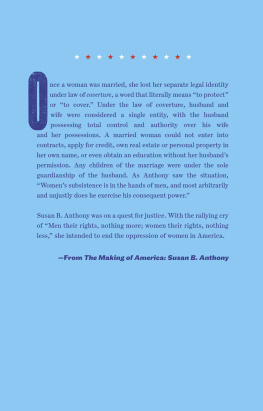
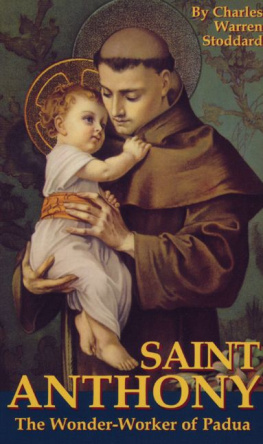
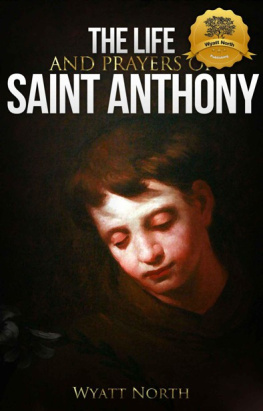
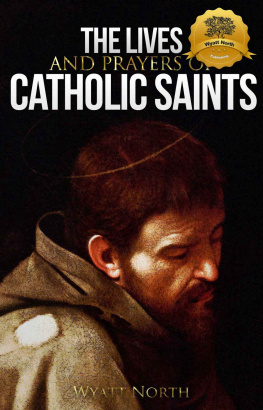
![Saint Bonaventure [Bonaventure - Saint Bonaventure Collection [6 Books]](/uploads/posts/book/134206/thumbs/saint-bonaventure-bonaventure-saint-bonaventure.jpg)


